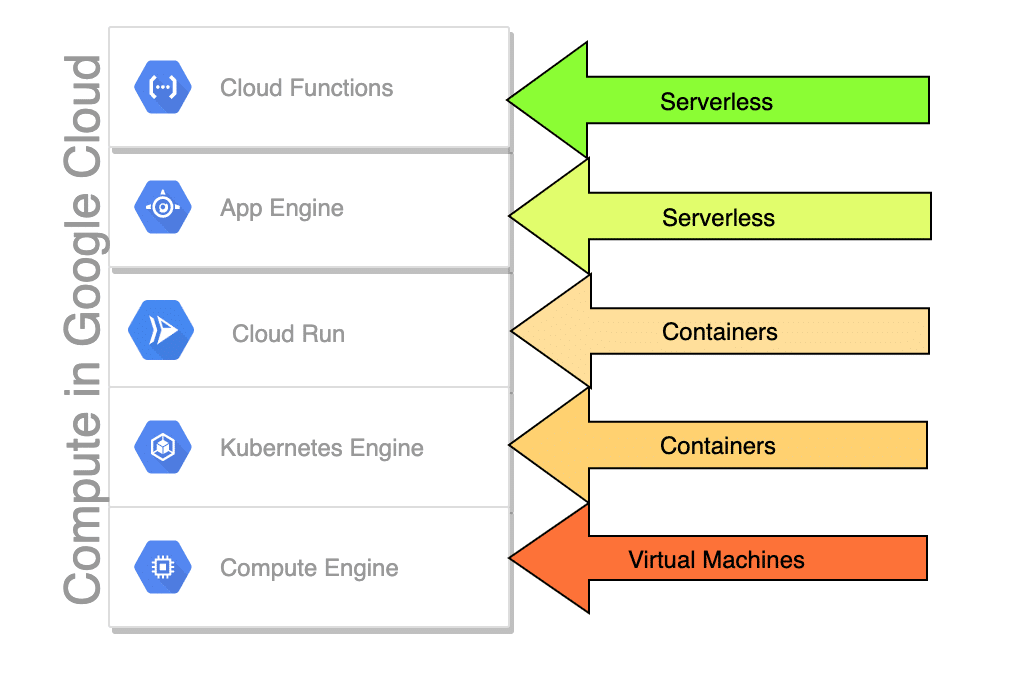This comprehensive guide walks through step-by-step troubleshooting techniques to diagnose and resolve invalid VM states, including checking logs, reloading VMs, fixing storage issues, and preventing future occurrences.
Understanding Invalid VM Status
When a virtual machine is marked as “Invalid” in vCenter, it indicates that vCenter is unable to retrieve the VM’s configuration or metadata, making it unmanageable from the vSphere interface.
Common Causes
- vCenter and ESXi Host Communication Issues: Network disruptions, host failures, or vCenter service issues
- Corrupt or Missing VM Configuration Files: .vmx and .vmdk files may become corrupted or deleted
- Datastore Inaccessibility: Storage failures, disconnected datastores, or insufficient space
- Permissions Issues: vCenter or ESXi lacking sufficient permissions to access VM files
- Host Disconnections: ESXi host goes offline, crashes, or enters maintenance mode
Step-by-Step Troubleshooting
Option 1: Reload the VM
If the VM appears in the ESXi inventory but is invalid, try reloading it:
ssh root@<ESXi_host_IP>
vim-cmd vmsvc/getallvms
vim-cmd vmsvc/reload <VM_ID>Option 2: Remove and Re-Register VM
- In vSphere Web Client, right-click the invalid VM and select “Remove from Inventory”
- Browse to the datastore and locate the VM folder
- Find the .vmx file and right-click to select “Register VM”
- Once registered, try powering on the VM
Important: When removing from inventory, do NOT delete the files. Only remove the registration.
Fixing Storage and Datastore Issues
If the VM’s storage is inaccessible, vCenter cannot read the VMX file. Here’s how to resolve storage-related issues:
Check Datastore Availability
esxcli storage filesystem list
esxcli storage filesystem mount -u <UUID>Restart Storage Services
/etc/init.d/lwiod restart
/etc/init.d/nfs restartPrevention Best Practices
- Monitor logs regularly: Use vRealize Log Insight or Splunk for log aggregation and early warning alerts
- Ensure datastore redundancy: Use multipath storage configurations and implement storage redundancy
- Automate VM backups: Regular backups of VM metadata using Veeam, VDP, or enterprise backup solutions
- Keep systems updated: Regular updates for vCenter and ESXi with proper testing environments
- Implement proper VM management: Avoid force power-offs and use Storage vMotion for migrations
Pro Tip: If issues persist, contact VMware Support with log files for deeper analysis. Always test solutions in non-production environments first.



